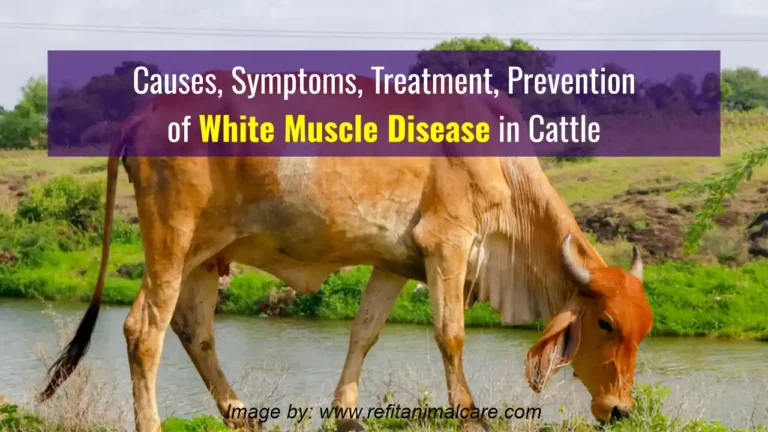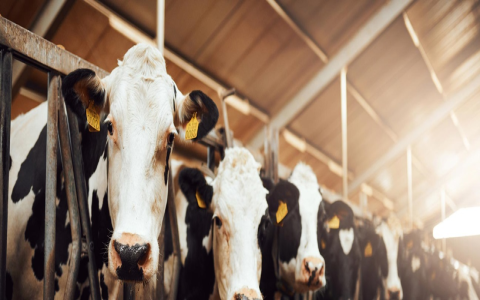Alright, let’s talk about white muscle disease in cattle. This is something I dealt with firsthand a while back, and it’s a real pain if you’re not prepared.
It all started when I noticed a few of my calves were just…off. They were stiff, weak, and had trouble standing. One was even struggling to breathe. I’d heard about white muscle disease, so I immediately started thinking about selenium and vitamin E deficiencies.

First thing I did was call my vet. Always a good idea. He came out, took a look, and confirmed my suspicions. He explained that white muscle disease is basically muscle degeneration caused by a lack of these essential nutrients. It can affect the heart (cardiac form) or the skeletal muscles (skeletal form), and it hits young calves the hardest.
Next up? Treatment. The vet gave each of the affected calves a shot of selenium and vitamin E. He also gave me a bottle of the stuff to administer myself. He emphasized that early treatment is key, so I started injecting all the calves that looked even slightly sluggish.
Here’s what I learned about injecting:
- Use the right needle size. Too big, and you risk an abscess. Too small, and you’ll be there all day.
- Inject in the neck muscle. Less valuable cut of meat if something goes wrong.
- Clean the injection site with alcohol. Basic hygiene.
Prevention is better than cure, right? The vet also gave me some tips on how to prevent future outbreaks. The big ones were:
- Make sure the cows are getting enough selenium and vitamin E in their diet during pregnancy. This can be done through mineral supplements or injectable vitamins.
- Check your soil. Selenium levels vary depending on the region. Our soil was pretty deficient, which explained a lot.
- Give newborn calves a selenium and vitamin E injection shortly after birth. Just a little boost to get them started.
So, I started supplementing the cows’ feed with a mineral mix that was high in selenium and vitamin E. I also gave the newborn calves a preventative injection. It took a little while, but things started to improve. The stiff calves started moving easier, and I didn’t see any new cases pop up.
One thing I wish I’d done differently? Started preventative measures sooner. I was a bit slow to realize there was a problem until those calves started showing symptoms. Next time, I’ll be more proactive about checking the cows’ diets and giving those newborn calves a boost right away.
Bottom line: White muscle disease is a serious issue, but it’s manageable. Keep an eye on your calves, talk to your vet, and make sure your cattle are getting the nutrients they need. You’ll be glad you did.





















